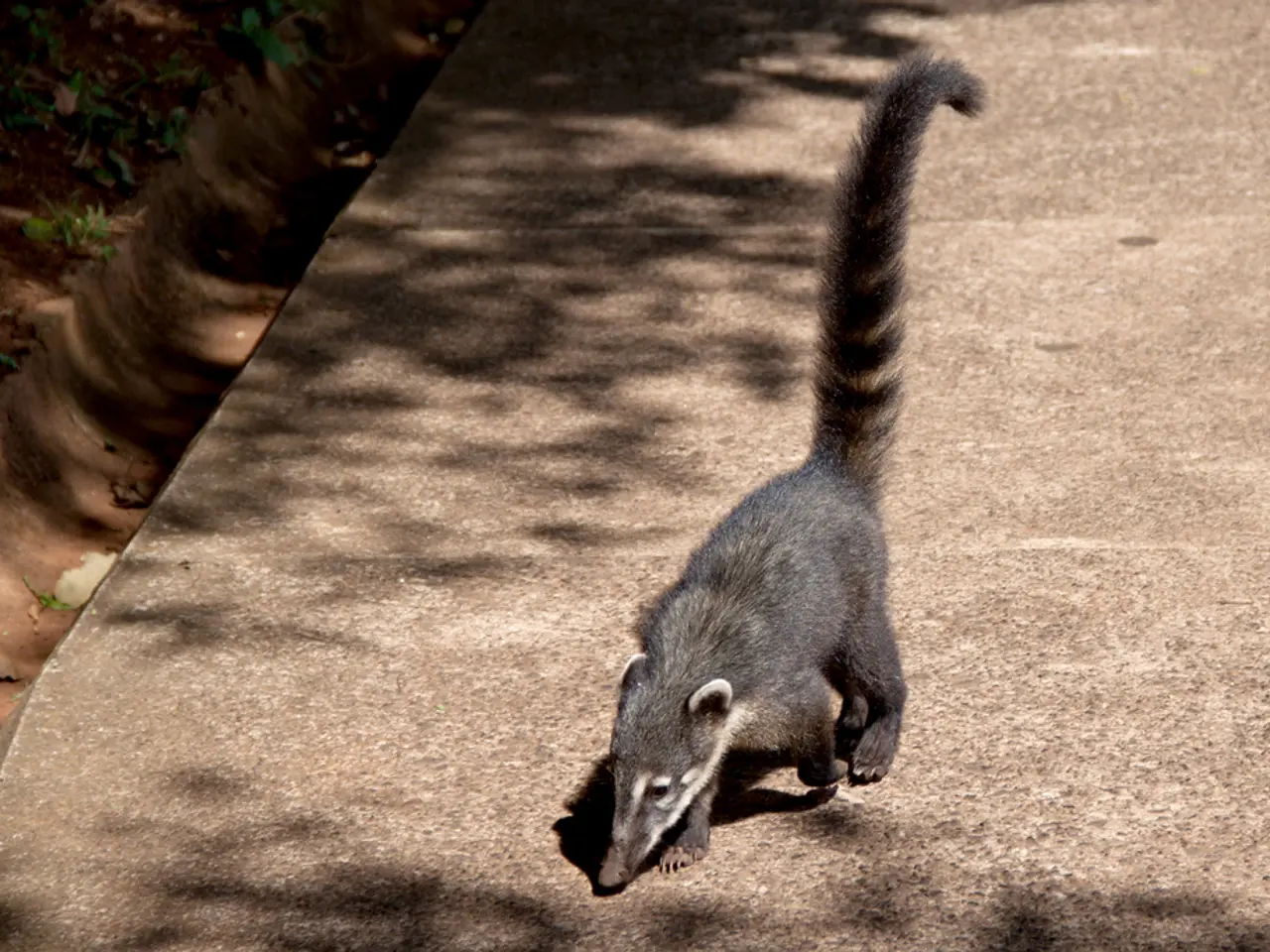Indications and manifestations of gallbladder surgery necessity
Living Without a Gallbladder: Understanding Post-Cholecystectomy Syndrome
The removal of the gallbladder, a common surgical procedure known as a cholecystectomy, is often performed to alleviate gallstone-related issues. While most people can lead a normal life without their gallbladder, some may experience ongoing symptoms after the surgery, a condition known as Post-Cholecystectomy Syndrome (PCS).
What is Post-Cholecystectomy Syndrome (PCS)?
PCS refers to persistent or new gastrointestinal symptoms that occur after gallbladder removal surgery. The long-term effects of PCS can include abdominal pain, indigestion, bloating, gas, diarrhea, nausea, and sometimes acid reflux or jaundice. While many patients experience some digestive changes temporarily after surgery, a small number develop more persistent PCS symptoms.
The syndrome occurs because after gallbladder removal, bile flows continuously but slower into the intestine, lacking the gallbladder’s reservoir function, which impacts digestion, particularly of fatty foods. Additionally, some studies suggest gut microbiota changes after cholecystectomy may worsen symptoms.
Treating Post-Cholecystectomy Syndrome (PCS)
Treatment options for PCS focus on managing symptoms and may include dietary adjustments, medications, and addressing underlying conditions. Dietary adjustments might involve adopting a low-fat diet initially and gradually reintroducing fats to reduce digestive symptoms. Medications such as bile acid binders, antispasmodics, or proton pump inhibitors may be used if acid reflux is present. Addressing underlying conditions like sphincter of Oddi dysfunction or biliary strictures is also important. In rare cases, further interventions or surgery may be considered if specific complications like bile duct stones or strictures are identified.
Most cases of PCS improve over time, and maintaining a balanced diet along with medical follow-up generally leads to a good quality of life post-surgery. If symptoms persist or worsen, thorough evaluation by a gastroenterologist is important.
Gallbladder Inflammation and Acute Cholecystitis
The gallbladder can become inflamed if a gallstone blocks the cystic duct, causing acute cholecystitis. Common signs of a gallbladder problem include sharp pain in the right upper abdomen, low-grade fever, nausea and bloating, and yellowing of the skin if the gallstones are in the common bile duct. Acute cholecystitis can also cause other symptoms such as tenderness of the upper right abdomen, worsening pain when breathing deeply, persistent pain that does not go away within a few hours, fever, nausea or vomiting, sweating, loss of appetite, jaundice, abdominal swelling, and rapid heart rate or breathing.
The gallbladder is a small structure located underneath the liver in the upper right abdomen. It serves as a pouch for storing bile, which helps in breaking down dietary fats. The body uses the gallbladder as a reservoir, releasing bile into the small intestine when needed to aid in digestion.
In conclusion, understanding PCS and its potential long-term effects is crucial for anyone considering gallbladder removal surgery. While most people can live a normal life without their gallbladder, it's essential to be aware of the potential for ongoing digestive symptoms and seek medical attention if necessary.
Read also:
- Is it advisable to utilize your personal health insurance in a publicly-funded medical facility?
- Foods to avoid for someone with interstitial cystitis include acidic foods like citrus fruits, spicy foods, artificial sweeteners, caffeine, alcohol, and fast foods high in sodium and preservatives.
- International Initiative Underway in Rochester to Enhance Muscular Dystrophy Therapies Globally
- Knee Bone Cancer: Signs, Identification, and Management Strategies




